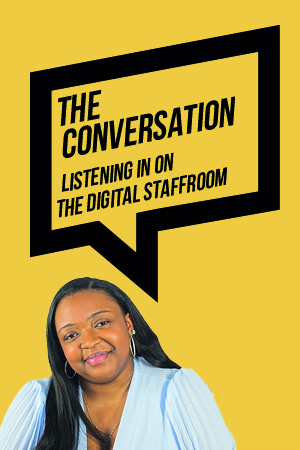Publisher
Source
Every month Harry Fletcher-Wood reviews the evidence on a school-related theme. Contact him on Twitter @HFletcherWood if you have a topic you’d like him to cover
Having decided what we want students to achieve by the end of the year, we need to work out how we are going to inspire them to achieve it. We know that role models are important, but how do they influence students, and how can we use them in the classroom? These four papers each taught me something important about role models.
Parents or pop culture – who do kids look up to?
Kids all look up to rappers, Love Island contestants, and sports players – right? Well, not quite. This dated but interesting paper analyses the role models of a group of 8-13 year olds in the USA. They found that young people tend to choose role models whom they knew personally. Parents came first. Boys were more likely to choose male role models and African-American and white children were more likely to choose role models who looked like them. The authors suggest that a lack of available role models in the media for girls and other ethnic minority students meant they were more likely to choose role models who differed from them.
Can you choose their role models for them?
So what makes a role model? This thorough review emphasises that a role model is chosen by the individual, not foisted on them by others. An individual must see a potential role model as relevant to them and their lives in some way. But this does not mean they have to know them personally – Harry Potter or Marie Curie might act as role models. Individuals try to become more like their role models, or, perhaps, less like them – sometimes people determine to be as different as possible from a role model who sets a negative example. Role models come in many varieties. We may admire everything about them, or just one quality. We may follow the detail of their actions or gain a broad sense of their charisma, and they may be peers or superiors. Role models set standards for a person’s behaviour: but they are chosen by the individual student, not the teacher.
Can role models influence specific behaviour?
Students choose their own role models, but teachers may helpfully introduce them to potential candidates. In 2015 the Behavioural Insights Team tried using this to encourage students to apply to university, comparing the effect of a role model with offering information about the financial benefits of attending university and the support available. Financial information made students less likely to apply – perhaps because students had a clearer idea of the costs – whereas a talk from a potential role model made them significantly more interested in university and more likely to apply.
Behavioural Insights Team (2015). Behavioural Insights and the Somerset Challenge
Do students need to meet their role models?
The 2015 trial by the Behavioural Insights Team required class time and the services of former students, but more recently they tried a simpler approach. They targeted students with high grades at schools where few students attend competitive universities and sent letters from students of a similar background at a top university, emphasising how much these universities valued students like them. When students received two separate letters – addressed to them at home and at school, from two students – they were much more likely to apply and much more likely to be accepted: 88% of their additional applications resulted in an accepted offer. This underscores the point that students need never meet a role model if they can see the relevance of their example.
Behavioural Insights Team (2017). The Behavioural Insights Team Update Report 2016-17.













Your thoughts